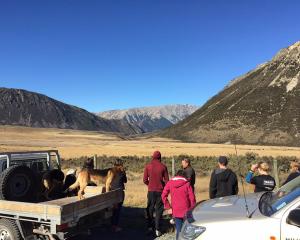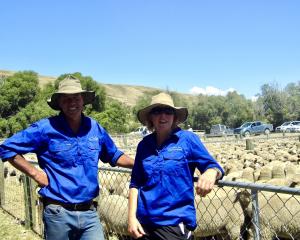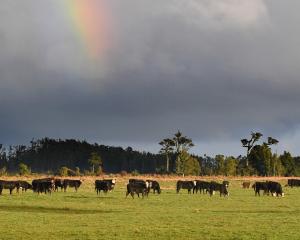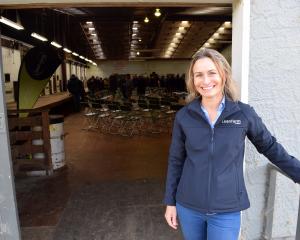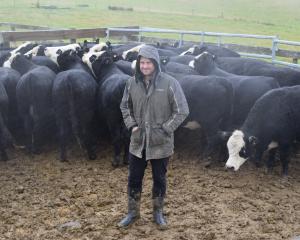A dry December and good livestock prices have caused lower-than-usual processing volumes for the rest of the season.
Beef + Lamb New Zealand's Economic Service predicted the volume yet to come would be lower than the five previous seasons. Its analysis showed dry conditions and strong prices for lamb, mutton and beef in the December quarter of the 2017-18 season drove high processing volumes.
The average value per tonne for lamb, mutton and beef exports was at record or near-record levels in the December quarter, it said. The season runs from October to September, with peak processing usually occurring in the March quarter.
The total number of lambs available for processing in 2017-18 would be up 1.3% on the previous season. However, the number processed in the December quarter was up 13%, leaving 2.1% fewer lambs for the remainder of the season compared with 2016-17.
The Economic Service estimated the number of sheep available for processing from January to September was down 17% on the previous season, and the total available for mutton down 6%.
The extra 15% processed in the December quarter was a record for the period.
BLNZ chief economist Andrew Burtt said international demand for lamb and mutton remained strong, particularly from China and the United States.
The number of cattle available for the 2017-18 season was estimated to be even with last season season but down 3.7% on the five-year average. But with 15% more processed in the December quarter, 4.7% fewer cattle were available for the rest of the season.
''An increase in the number of cows and bulls processed - up 33% and 23% respectively - contributed to the higher number of cattle processed in the December quarter.
''The dry conditions for some dairy-producing regions drove some of the increased cow processing as farmers managed their feed stocks for the rest of the summer.
''The dry December quarter brought forward some of the bull processing for the same feed management reasons.''
There were estimated to be 5.5% more bulls available for the rest of this season - the only category of cattle or sheep in that situation.
The number of heifers processed in the December quarter was even with the previous season.
Steers were likely to be down by 1.5% on the previous season and down 5% on the five-year average, due to a slight decrease in the number born in recent seasons.
Steers processed in the December quarter were up 5.9%, reducing those available for the rest of the season by 3.7%.


